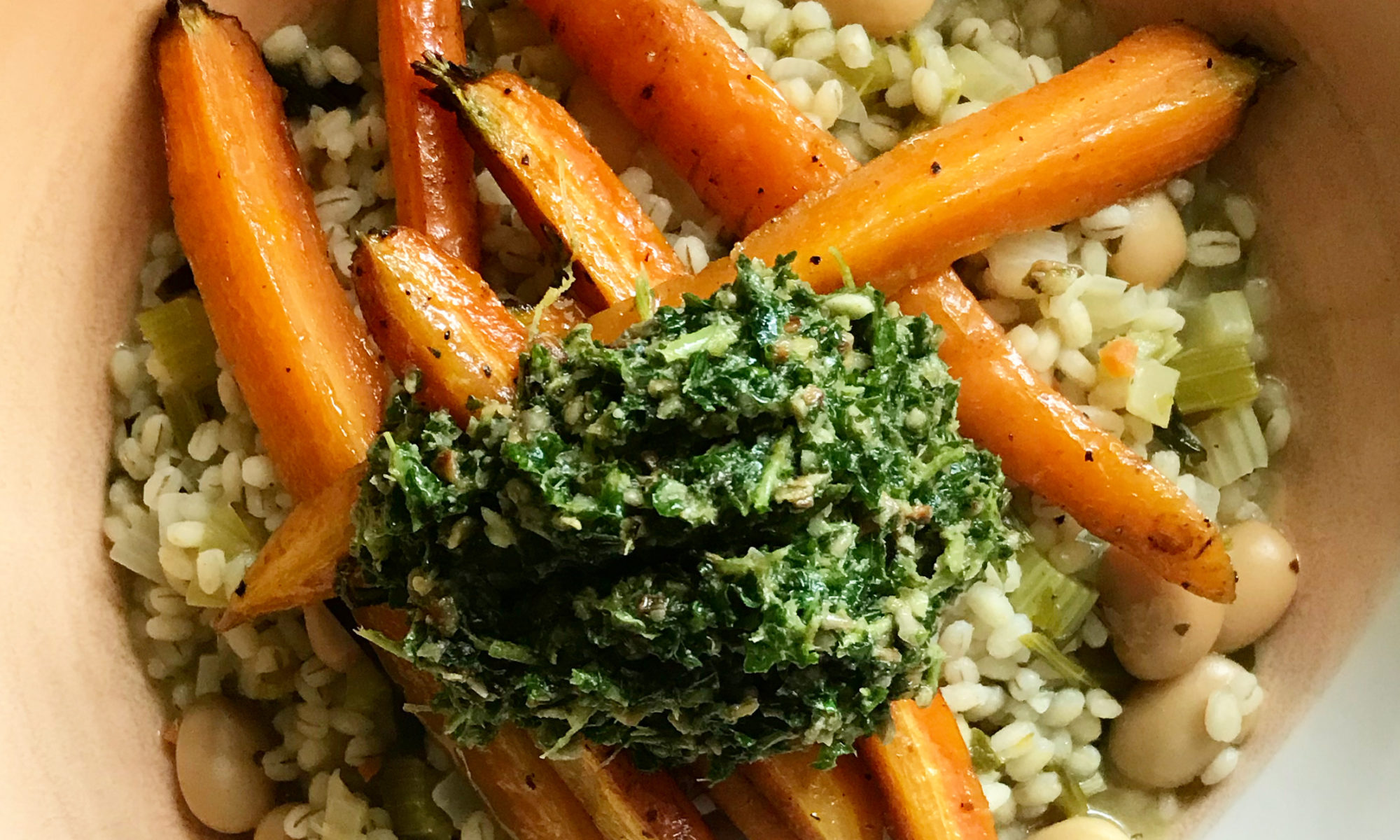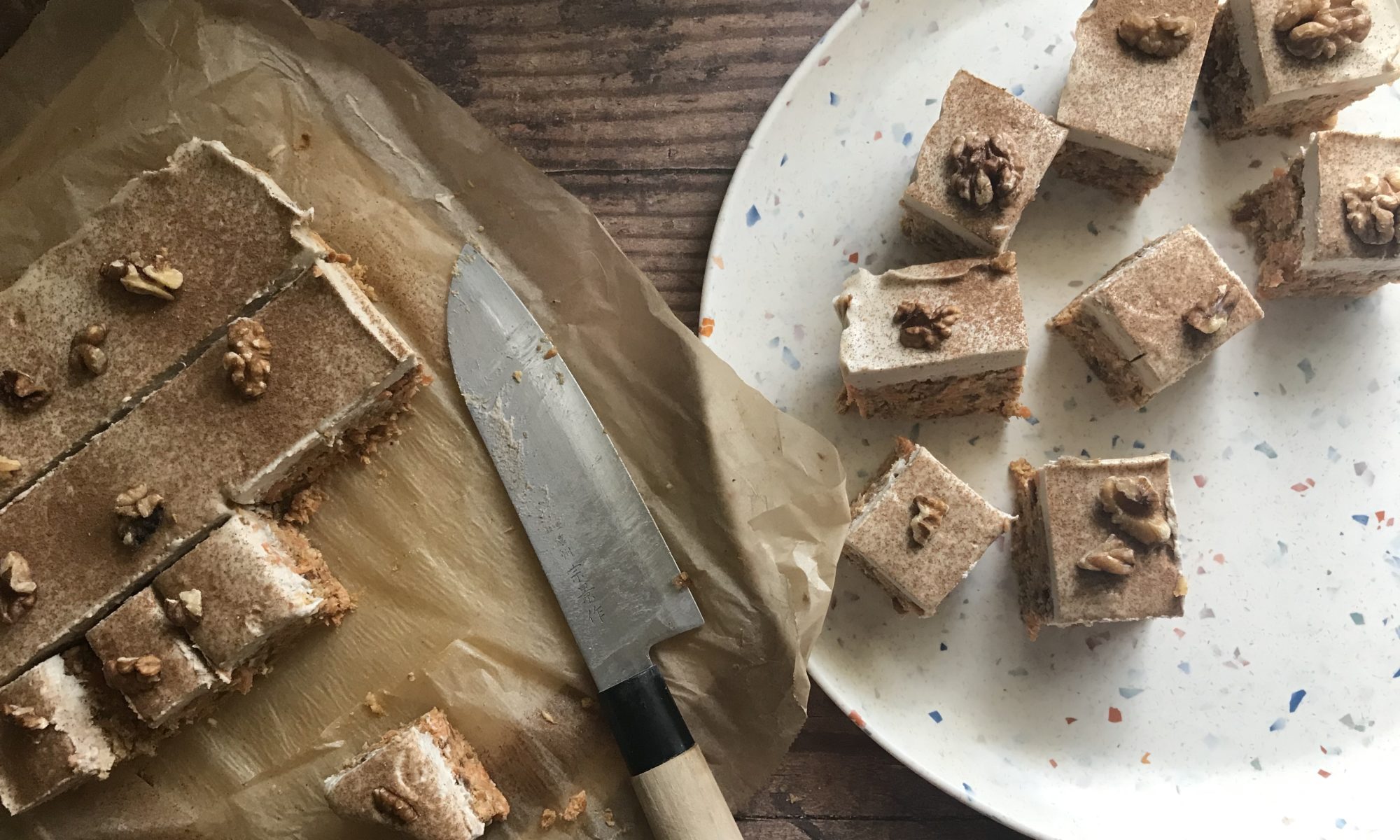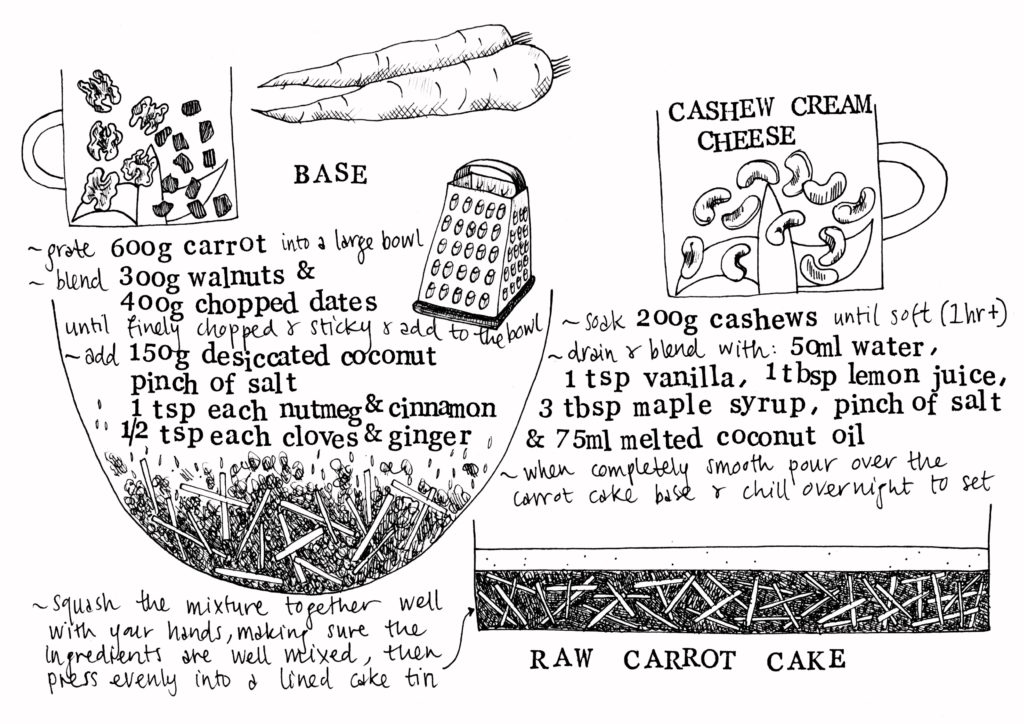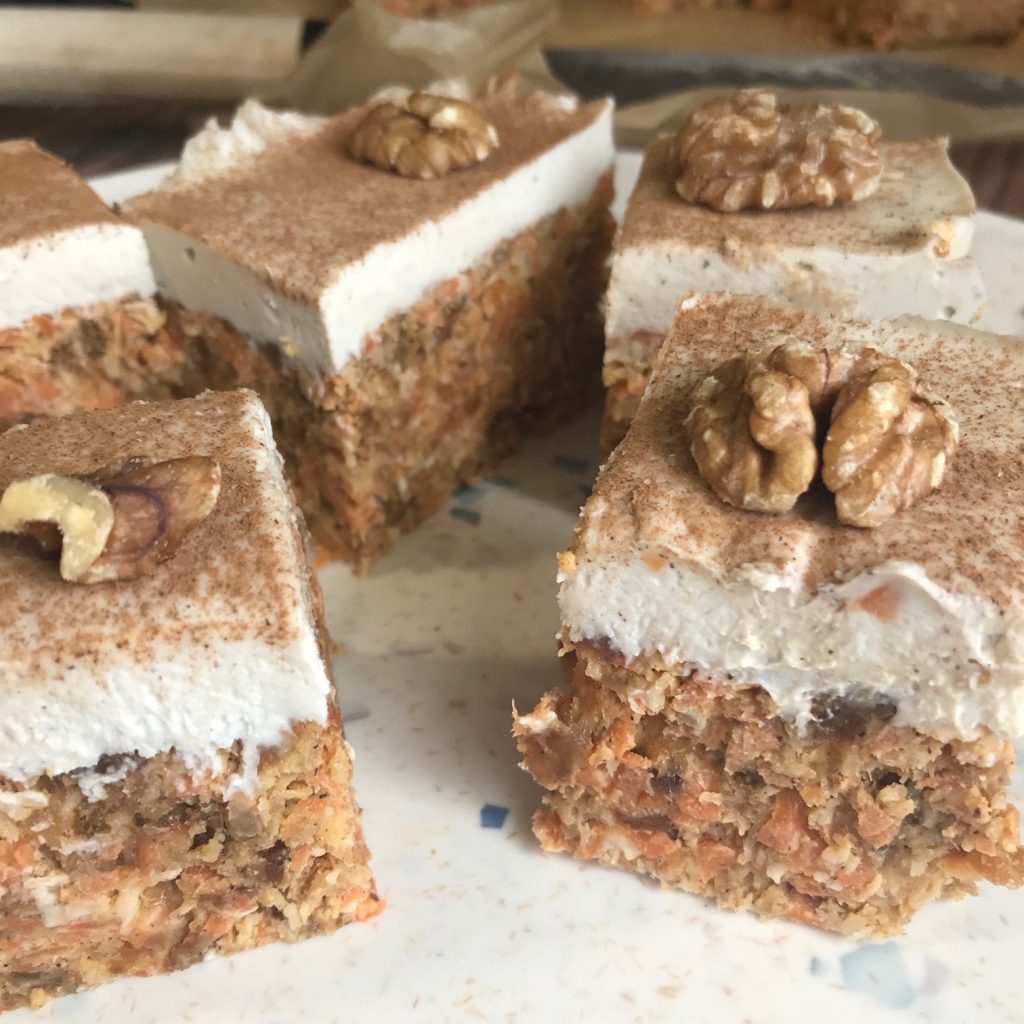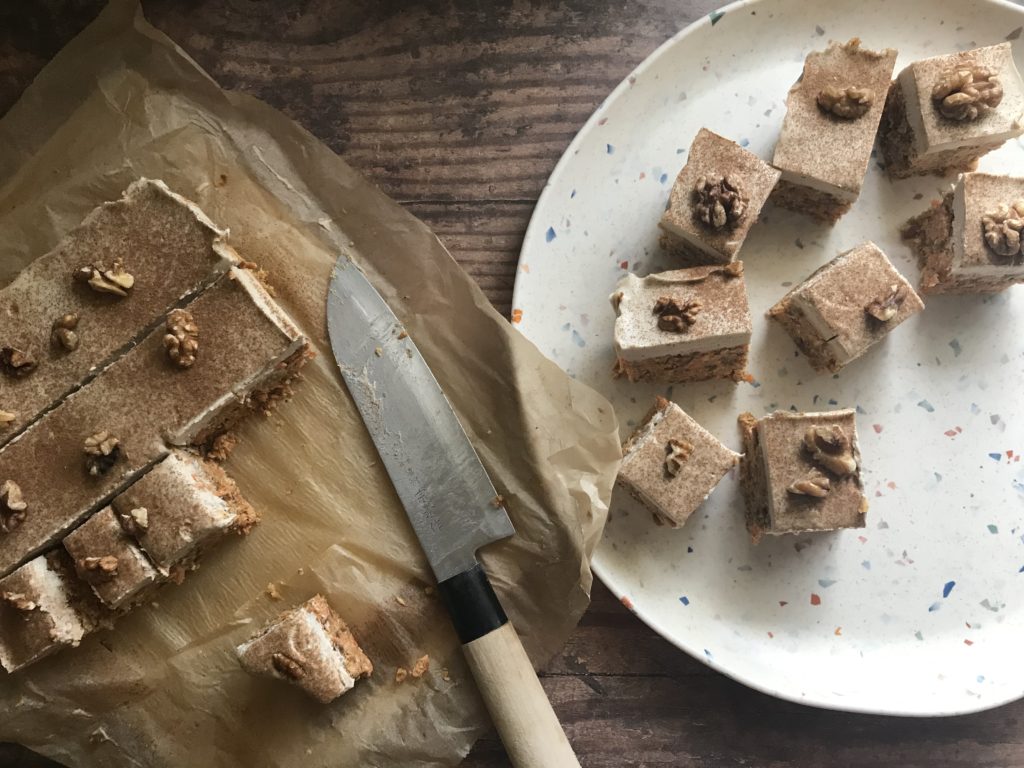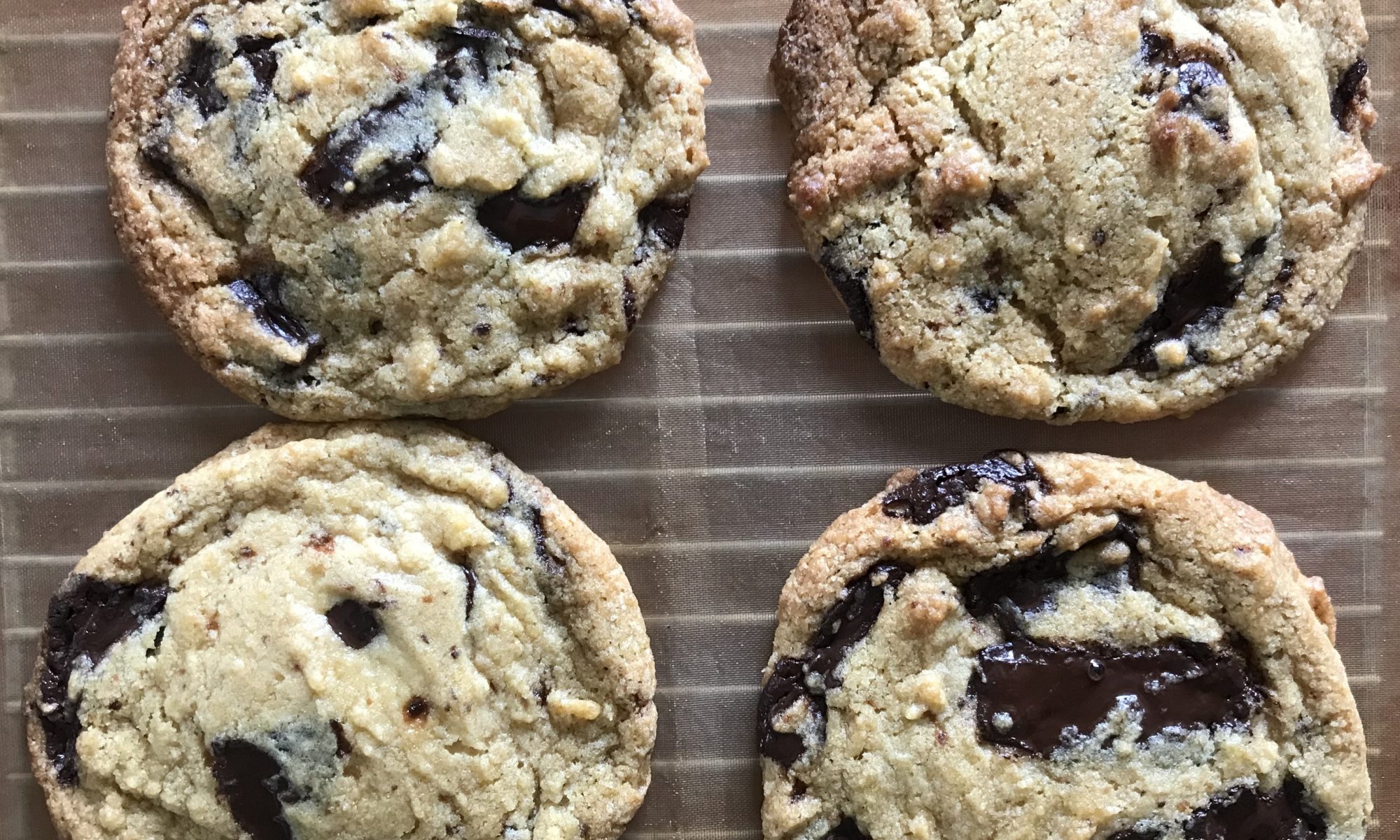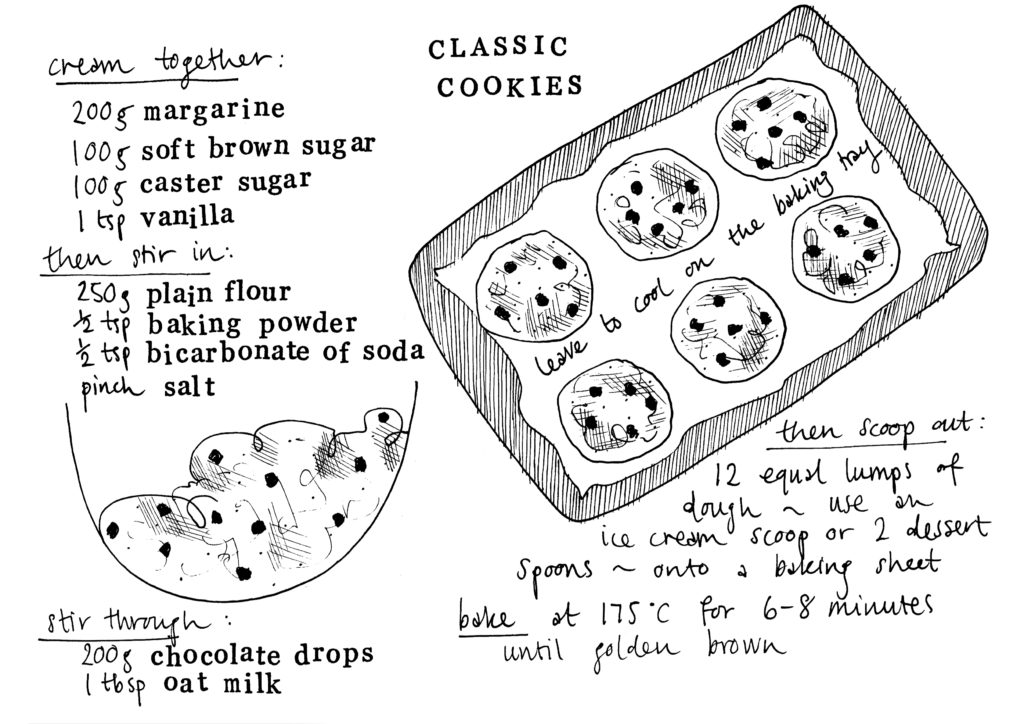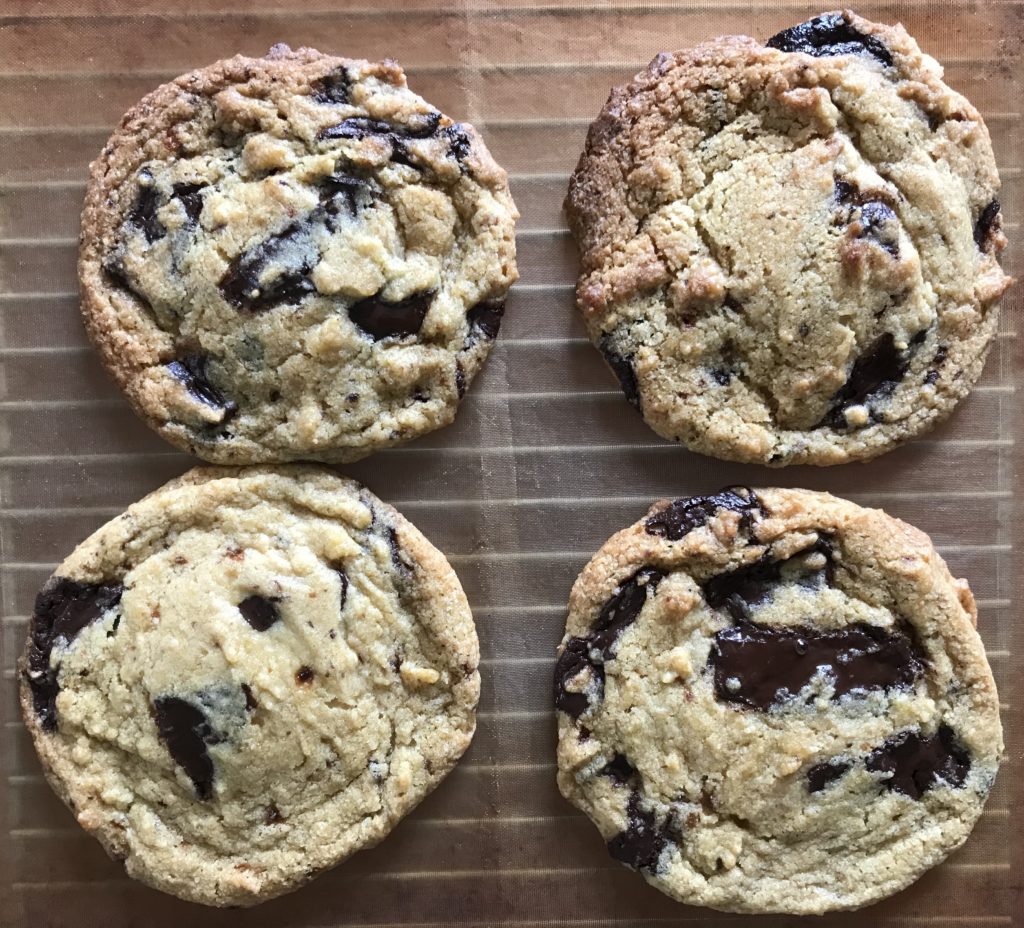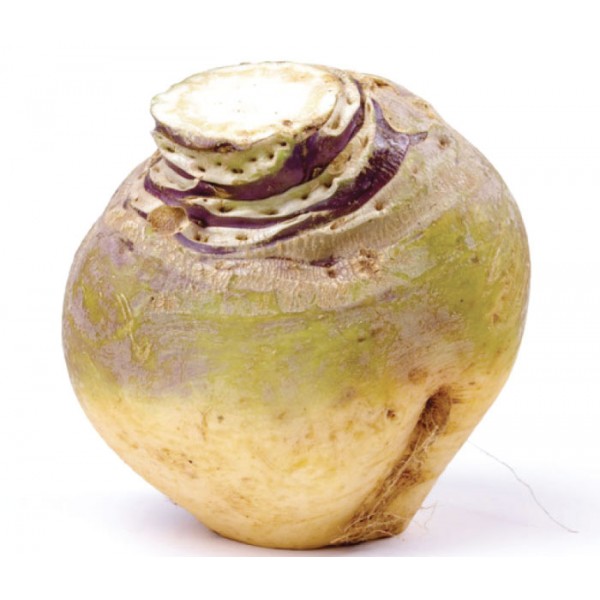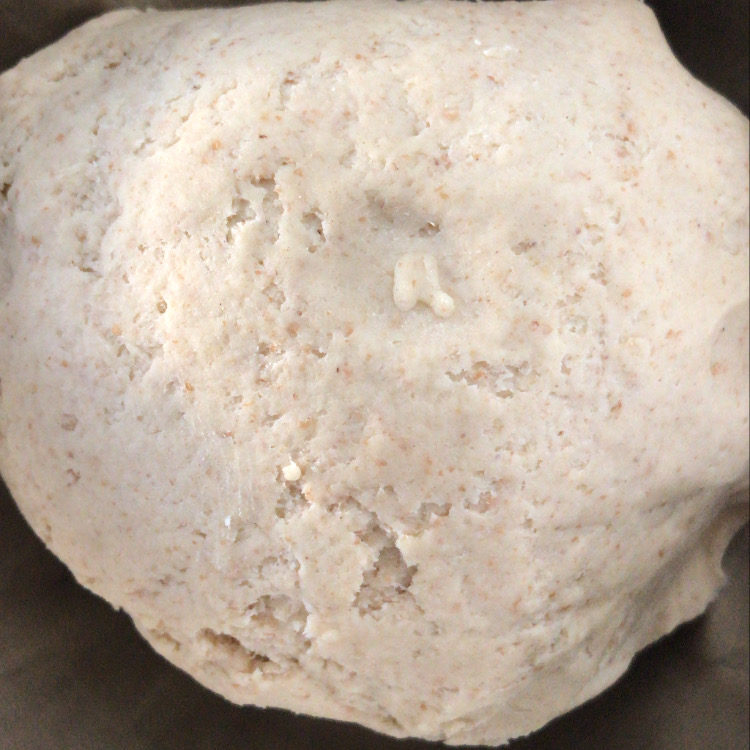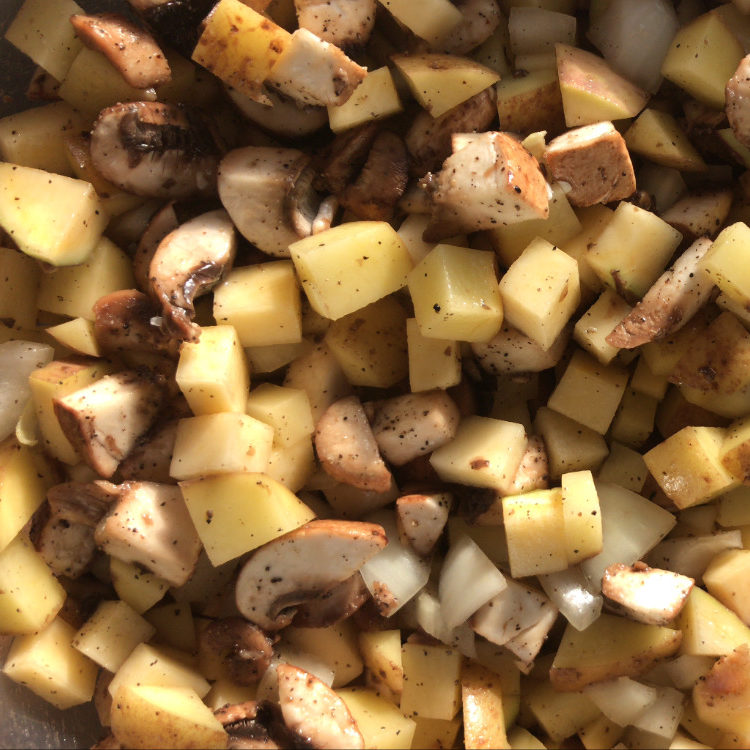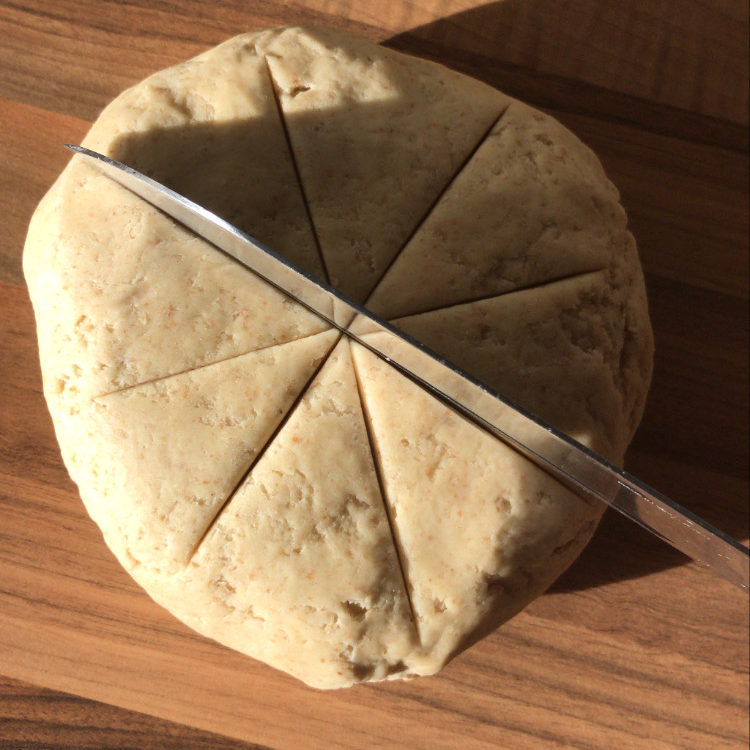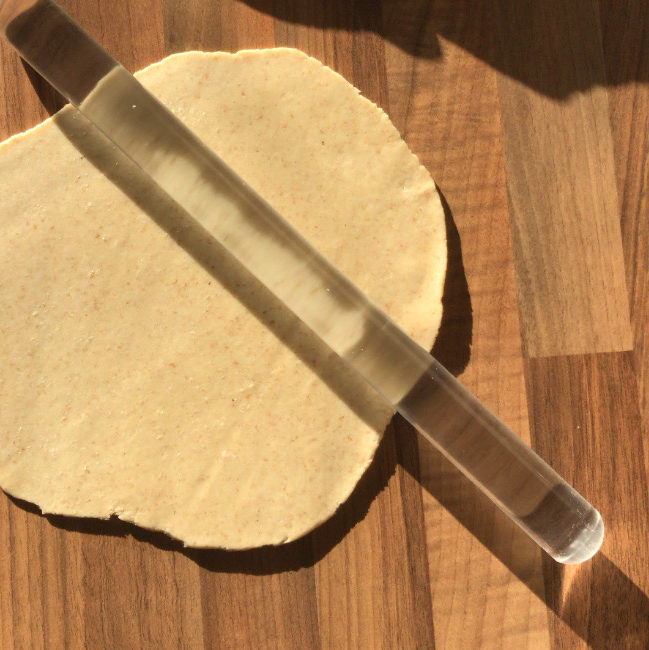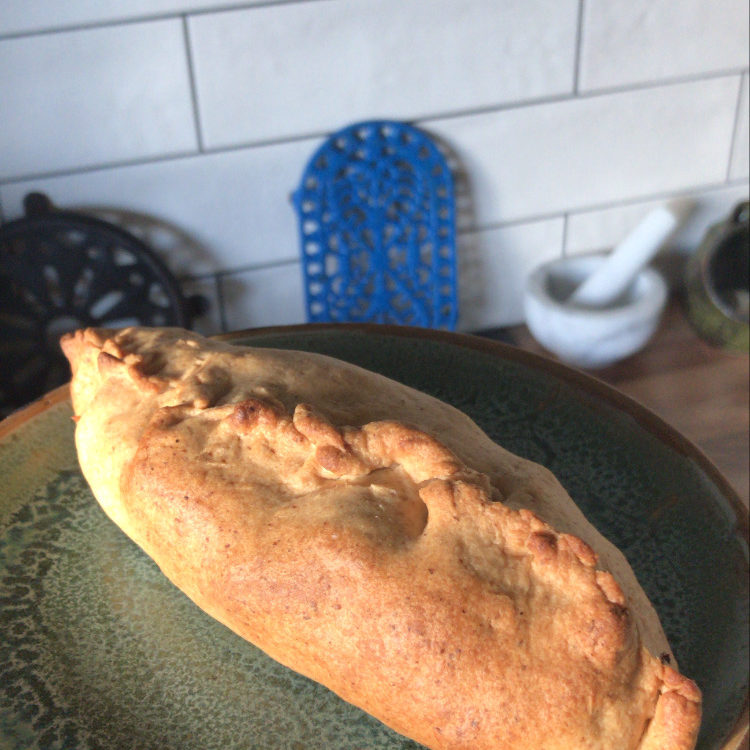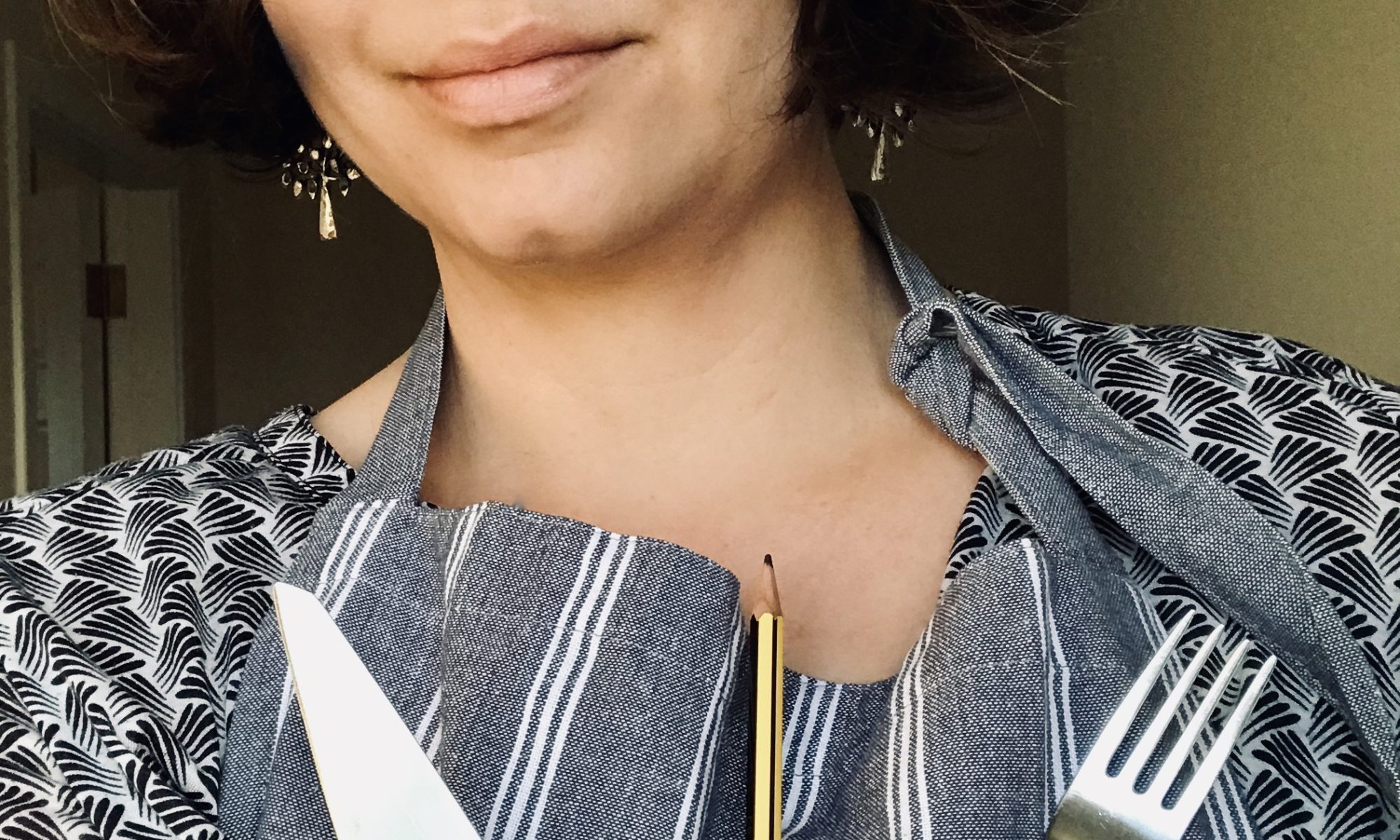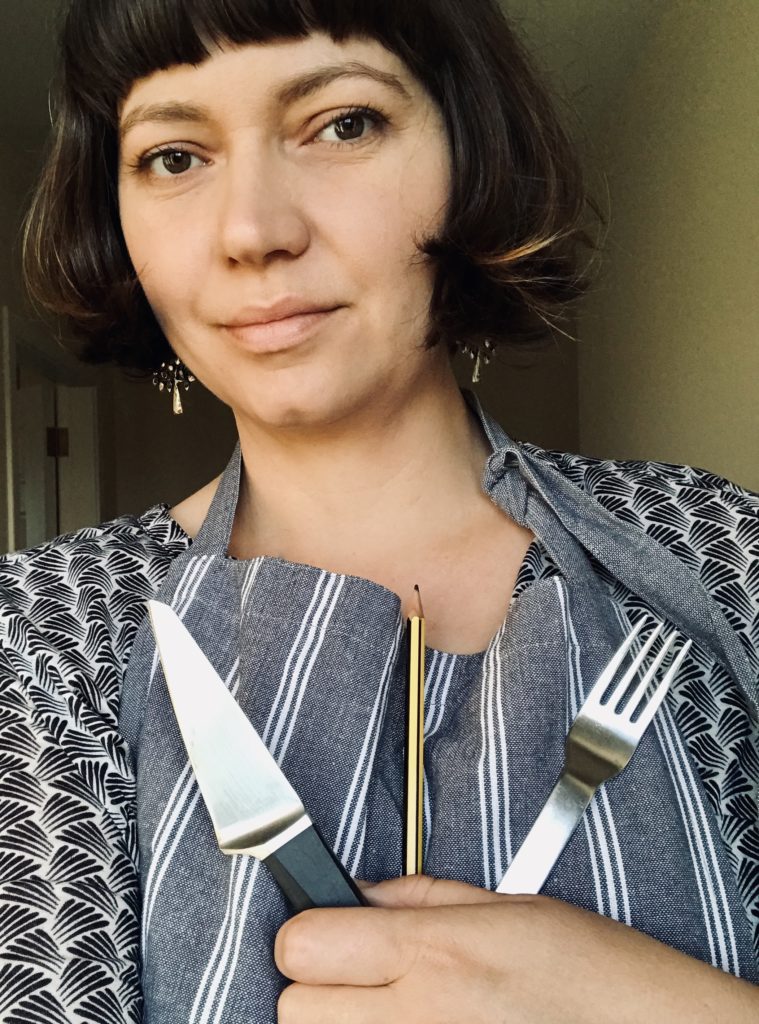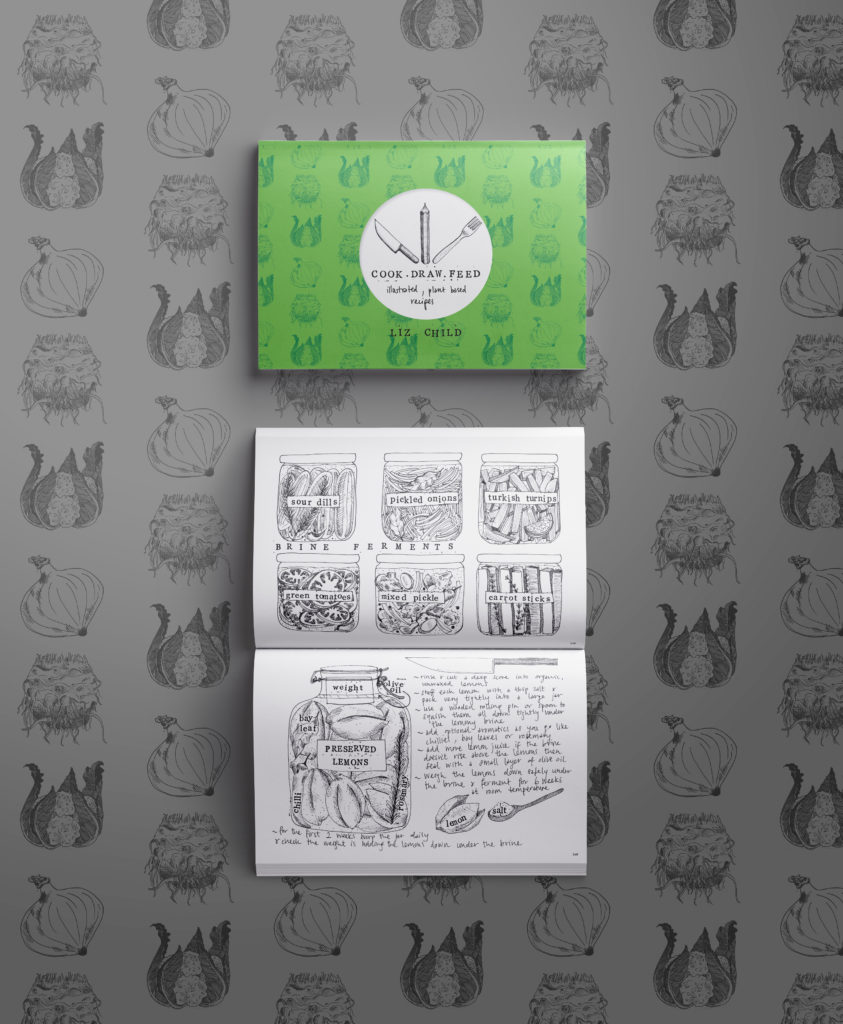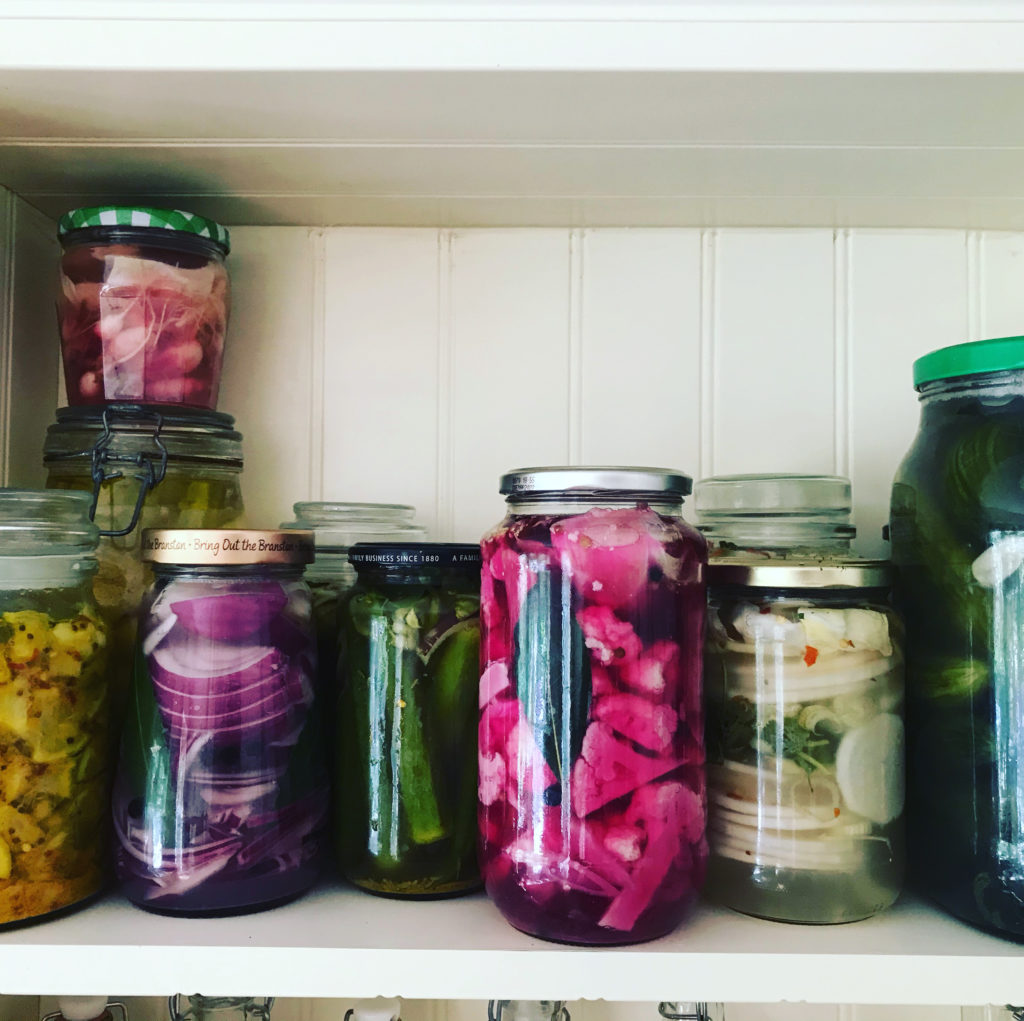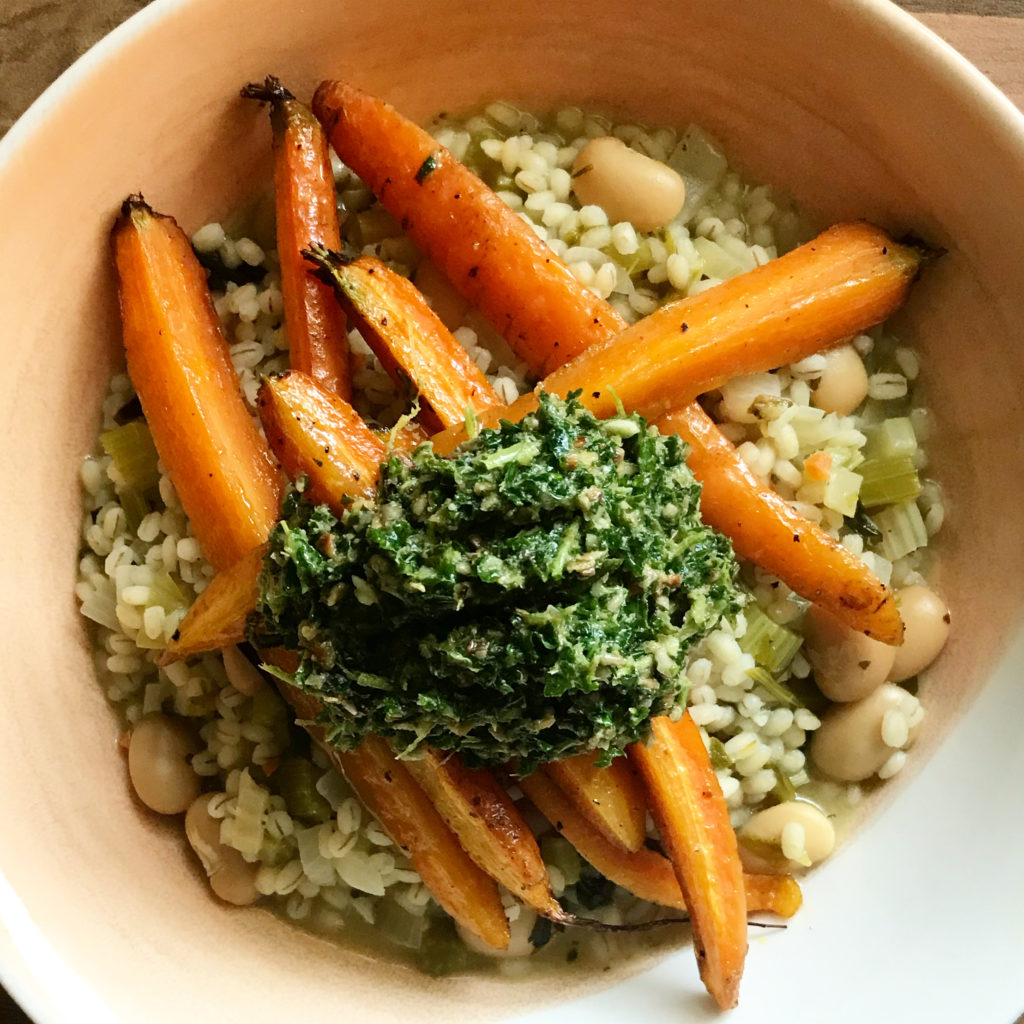
I’ve been cooking so much with the gorgeous, super-fresh carrots from the farm recently. Carrots are one of those staple vegetables that often get overlooked as ‘boring’ and sent to the side of the plate or the base of the meal. I love elevating these humble vegetables and making them the star of the show. Once you taste the difference between watery, bland supermarket carrots and the real deal from the farm, you’ll see why I bang on about showcasing each vegetable in its own right.
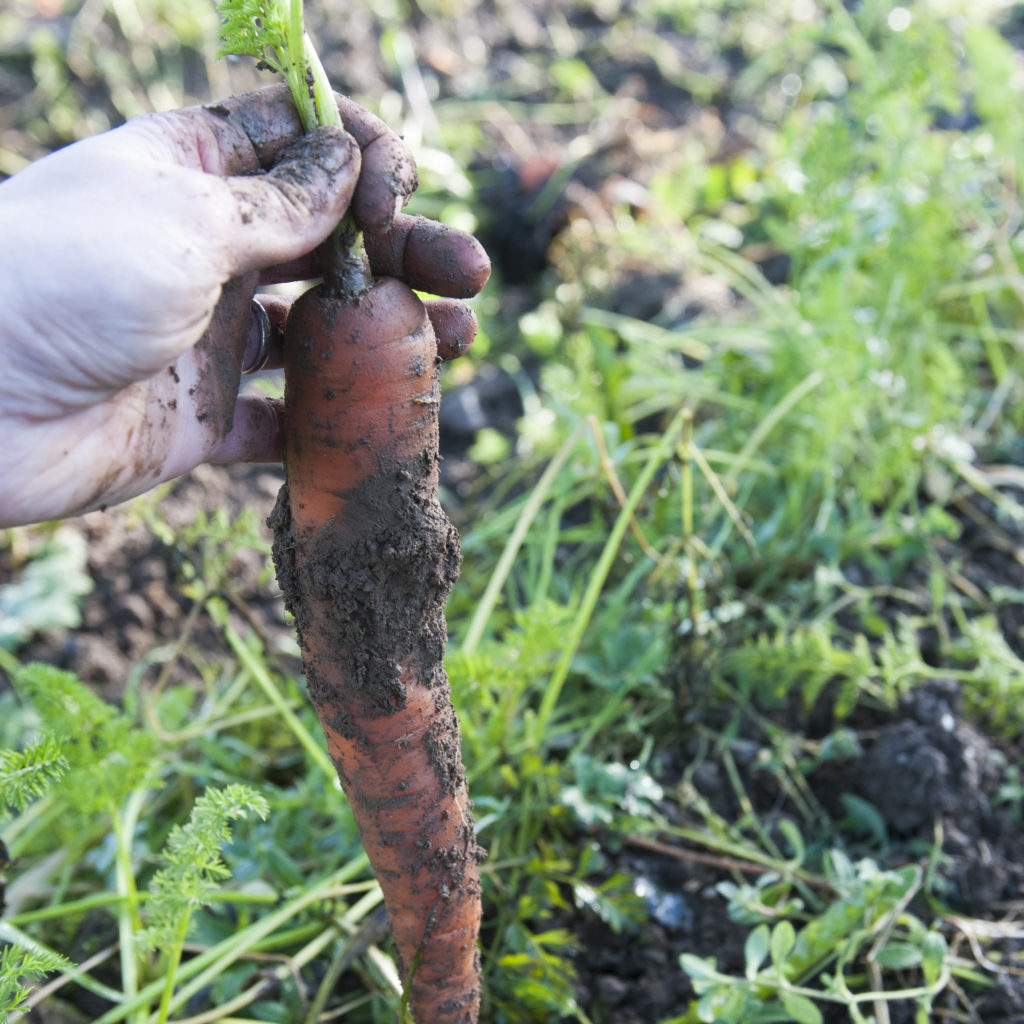
Root to Shoot
I’m sure most of you already know that the carrot tops are edible too. In this recipe, and in many of my recipes, I show you how to make a meal using the whole vegetable, root to shoot! I hate waste, not just because I don’t have the cash to splash, but also because of the environmental impact. Did you know that reducing food waste has been identified as one of the most effective ways to fight climate change? According to Stop Food Waste, 1.3 billion tonnes of food is wasted each year. This directly contributes to food shortages, water stress, biodiversity loss and increased greenhouse gas emissions. Globally, more than one quarter of food produced is wasted: with food loss and waste contributing 8-10% of total emissions. So we should all do our part in reducing food waste by learning how to use the entire vegetable and putting as little as possible in the compost bin (and certainly never put food waste in the general waste heading for landfill). Apart from the environmental issues regarding food waste, it is surprising how much important dietary fibre and incredibly powerful nutrients are found in the peels and other parts of vegetables we often throw away. Good for your body, your pocket and your planet, what’s not to like?
Ingredients (to serve 4)
- 12 carrots and their leafy tops – carrot scrubbed and tops well rinsed
- 1 large handful of sunflower seeds
- 4 cloves of garlic
- lemon juice or vinegar
- olive oil
- salt and pepper
- 2 tbsp nutritional yeast
- optional extra greens like kale/spinach
- 1 onion – diced
- 4-6 celery stalks, leaves included – diced
- tin of butterbeans – drained
- 1 mug of barley or risotto rice
- 1 stock cube or 1 tbsp vegetable bouillon powder
- 1 glass of white wine or a splash of vinegar or lemon juice
Method
Start by removing the leafy tops from the carrots. Roughly chop them and put them in a food processor with the blade attachment. Then slice the carrots lengthways into halves or quarters, put them in a roasting dish, dress them with a little olive oil, salt and pepper and pop them in a hot oven (180C) to roast while you get on with the barleyotto/risotto.
Peel and dice the onion and start sautéing it in a heavy bottomed pan with a little olive oil. You could also add a knob of dairy free butter to the pan for extra flavour at this stage.
Dice the celery and garlic. Add 3 cloves to to the pot (along with all the celery) and one garlic clove to the food processor where you’ll make the carrot top pesto.
Season the onion, celery and garlic with a little salt and allow it to cook down and soften a little. Then add the mug of barley grains, the glass of wine (you can replace this with a small splash of cider/white wine vinegar or the juice of a lemon), the stock cube/bouillon and 3 mugs of water. (If you are using risotto rice, add the liquid gradually, stir often and allow it to soak in before adding more). Add the drained butterbeans and let the barleyotto simmer until the grains are cooked through. Stir regularly and keep an eye on the liquid levels, you may need to add more.
While the carrots and the barleyotto/risotto are cooking, focus on the pesto.
Toast the sunflower seeds in a hot, dry frying pan until they are fragrant and start to pop and colour. Then add them to the food processor with the carrot tops and garlic.
Add the juice of half a lemon or a tbsp of cider or white wine vinegar, a few tbsp of nutritional yeast (this brings an irresistible, rich, cheesy flavour to the pesto), a pinch of salt, some freshly ground back pepper and enough olive oil to blend the pesto into a bright green sauce. If you don’t have very many carrot tops you can also add some chopped kale or spinach to the blender.
Pulse the pesto until it comes together into a loose green sauce. Then taste it and adjust the seasoning if needed with extra salt, pepper, lemon juice or olive oil as you like and blend again until you are happy with the flavour and consistency.
When the barley or risotto is cooked through, taste it and check the seasoning, adjusting it if necessary. Then serve in bowls topped with roasted carrots and carrot top pesto. Any spare pesto can be kept in a jar in the fridge for up to one week. Use it in sandwiches, to top crackers or dip vegetables in, stir it through pasta or drizzle it over steamed greens or roasted vegetables.
Enjoy! 💚 Liz
Did you make this recipe? Let us know how it went in the comments and share it with us and your friends on your Facebook or Instagram. We love to see the recipes leave the blog. If you like this recipe, you’ll love my book. And don’t forget to support your local, organic farmers here by signing up for a regular veg box delivery and adding our carefully curated groceries to your order as and when you need them. Thank you!

